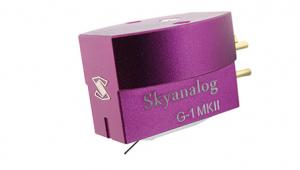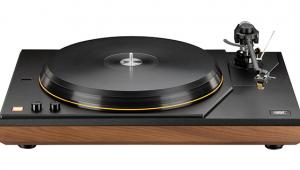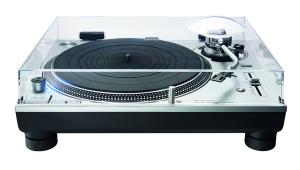Vertere Sabre Cartridge Page 2
![]() Sabre Dance
Sabre Dance
It's not like I've been listening only to moving-coil cartridges of late, having used three different Ortofons, a bunch of Deccas/Londons, and a few vintage MMs during the past year alone. But the Sabre immediately stood out from all of them because of an unexpected silkiness that I'd usually associate with vintage Denon and Ortofon MCs. Apparent even with recordings which do not necessarily command such an attribute, including the raucous, eponymous debut from the J. Geils Band [Speakers Corner/Atlantic SD8275], the trait was detectable and repeatable.
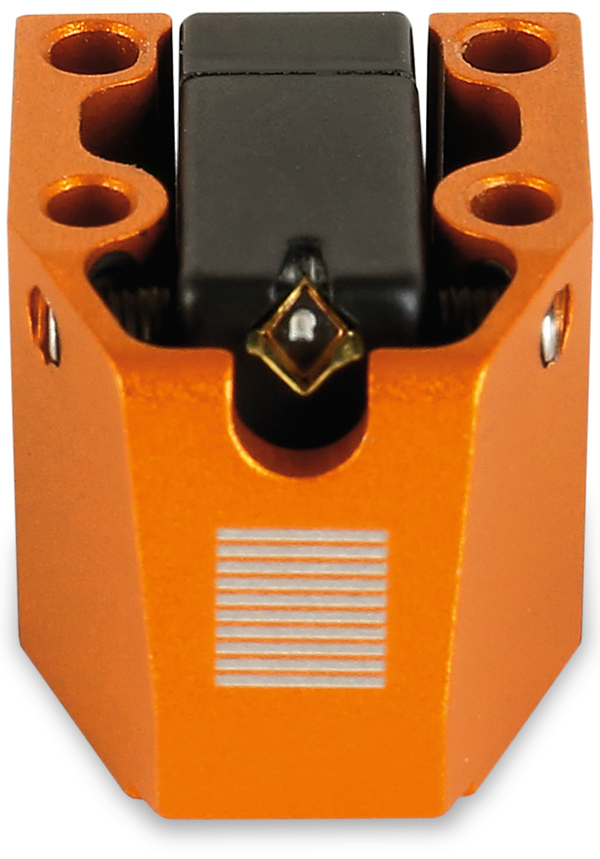
Throughout the album, Magic Dick's harmonica playing cuts through every number, and here it exhibited a freedom from the edge which drives some people away from that instrument. It might be argued that the cutting effect is as essential to blues harp as a rattling sound is to banjo, but instead it made it sound more immediate. A similar effect was evident with Peter Wolf's vocals, the inimitable style of rapper/DJ/blues belter on 'Pack Fair And Square' enjoying an in-the-room presence free of artifice.
What dazzled most were the soaring guitar notes, Geils himself tearing off hot licks that challenged the Sabre's speed, to which it responded exactly as I expected: with the snap and crispness MMs possess in spades. While not quite as crystalline as a Decca/London at its best, the superlative treble extension and rapid transient attack complemented the smoothness of the rhythm section, especially the bass guitar.
Sticking with excess, The Dave Clark Five's All The Hits [BMG CAT408DLP] provided one of the cleanest versions available of 'Glad All Over', which reinforced my notion that the Sabre runs pretty damned close to a good MC for the sheer mass of overloaded bass and percussion. This track means nothing without the sensation that a herd of wildebeest are stomping on a wooden floor, and the Sabre managed to deliver exactly the pile-driver effect that suggests a dancehall full of drunken mods in 1964.
Taste The Difference
Where it differs from like-priced moving-coils in this area is that the bass drum sound is drier, and a touch tighter. Which is the more correct I could not say, but I proffer that it's a perfect example of how personal taste or preference should always be the final arbiter. I can only imagine the sense of enlightenment one might experience if mystified by the MM-vs-MC debate, because this cartridge, for all of its MC-like strengths, remains definitively a moving-magnet by nature.
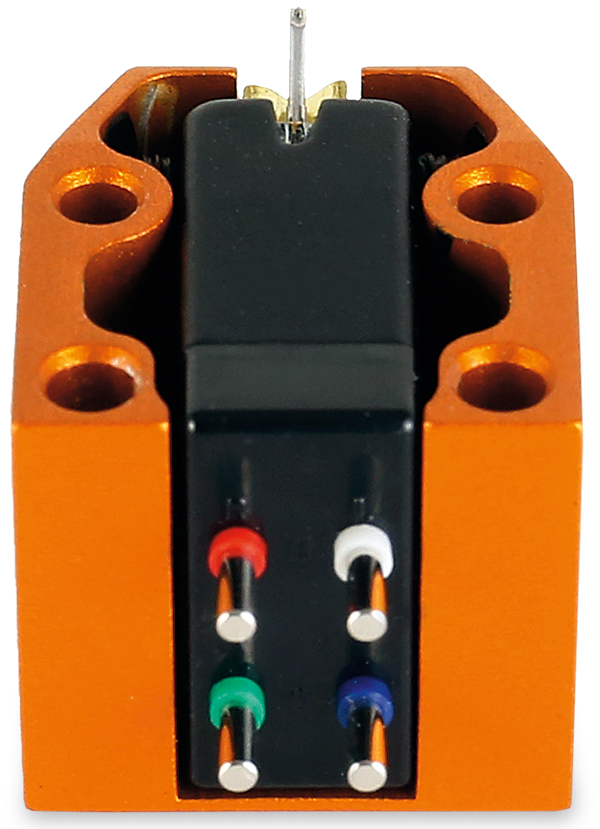
Ultimately, this lower octave behaviour would be determined by the rest of the system, as this cartridge – played through both dynamic ported speakers and small ribbon-tweeter-equipped dipoles – cannot be expected to counter the differing natures of, say, speaker types, or tube electronics versus solid-state, beyond fine-tuning. But my conclusion that the Sabre's bass is – in general – drier than that of a stereotypical MC was arrived at after playing through two entirely different systems. It was consistent from LP to LP, system to system, and it proves to be as much a descriptor of the Sabre's character as the aforementioned silkiness.
A Date With Dusty
Leaving the in-your-face recordings for something more subtle, and, I must admit, more MC-oriented, I wallowed in the marvellous 'various artists' set, The Wonderful Sounds Of Female Vocals [Analogue Productions APP122]. I have at least a dozen versions of Dusty Springfield's 'Son Of A Preacher Man' and 'The Look Of Love', the latter even on open-reel tape, but this pressing ranks with the best.
It was a perfect choice to hear how the Sabre dealt with Dusty's inimitable breathy delivery, a fragile element of a peerless instrument which made her singing instantly recognisable. What impressed as much as the airiness reproduced by the Sabre was the presentation beyond the singer herself: this cartridge delivers one of the widest soundstages I have heard from any below a grand. I had just been using the traditional MC champ, my Denon DL-103, and could actually measure with a mental rule a reduction of less than what? Five per cent of the stage width?
This further reinforces Vertere's desire to present a moving-magnet cartridge as a high-end transducer worthy of the respect afforded to MCs. So it's time for a bit of grown-up behaviour. The axes that fought the tubes-vs-transistors battle which raged for decades have long been buried, as have arguments about direct-drive-vs-belt-drive. I'm not suggesting for a second that the Sabre cancels out the rivalry, but it certainly makes it more difficult to proselytise blindly (or should that be deafly) that all MCs automatically slaughter all MMs. This cartridge proves otherwise.
Hi-Fi News Verdict
As you've now surmised, unless you're reading this for free at a newsstand and went straight to the conclusion, I adore the Sabre. It's richer-sounding than current MMs in my experience, but no less detailed and precise, with plenty of speed and attack for coping with transients. While there's still a magical warmth to moving-coils which separates them from moving-magnets, this narrows the gap to insignificance.








